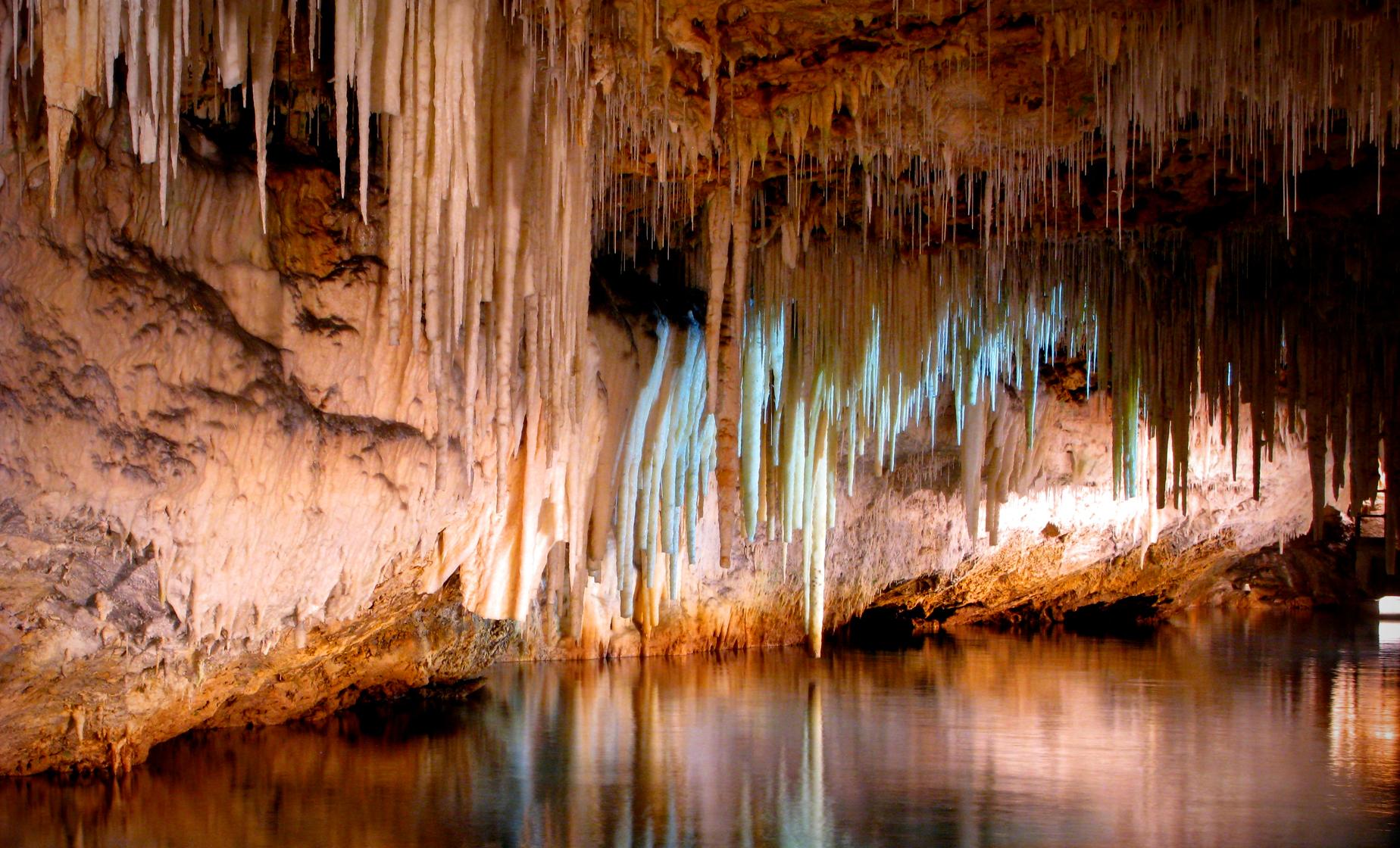Green Grotto Caves and Konoko Falls

Your journey through time begins as you meet up with your guide and head to the Green Grotto Caves, Jamaica's most prominent natural attraction. From the pier, your guide will take you on an approximately 30-minute scenic drive to the opening of the caves. These caves are nestled deep in the thick, green rainforest, making them perfect for the various groups that used and took refuge in them. The Green Grotto Caves are 1,525 meters long and 12 meters deep. It is characterized by numerous chambers, light holes and a subterranean lake, the Grotto Lake.
Once on-site you will descend down a labyrinthine maze into an other-worldly area full of stunning stalagmites, stalactites, pristine water flows, and more. The Tainos (Arawak Indians) used this secret hideaway to hold ceremonies, as evidenced by the multiple fragments of pottery and other artifacts in the area. Spaniards sought refuge in the caves in the 17th century during the English invasion, and in the 20th century, the caves were used by smugglers running arms to Cuba. The Jamaican government also used the caves during World War II to store barrels of rum; in modern times it has sought the preservation and protection of this wonderful piece of history.
Continuing on, nestled in the hills of St. Ann awaits one of the islands best kept secrets, Konko Falls! Enjoy the serenity of geuine water garden fed streams that rise on the property. You have the option to visit the Museum of the Islands history which focuses on the Arawak culture. Blue Mountain coffee is served in a cut stone courtyard where you can relax and enjoy a breathtaking view of the Bay of Ocho Rios. Guided tours through the garden are also an option. Don't forget to stop and bask in the beautiful greenery! In the garden you will find the Mahoe Falls where you can climb and take a dip in the pool at the base of the falls.
Please Note: Do not litter, smoke or break/disfigure the delicate cave formations. All guest must be accompanied by a tour guide.
Our Port Books are exclusive guides that provide detailed information curated by our tour directors and local representatives, including:
- Port History
- Maps
- Shopping Recommendations
- Weather
- Highlights, Attractions, and Points of Interests
- Recommended Clothing
- Restaurants, Food & Beverage
- Important Tourist Information - Local Currency, Safety, Transportation, and more!

 4.7 / 5
4.7 / 5